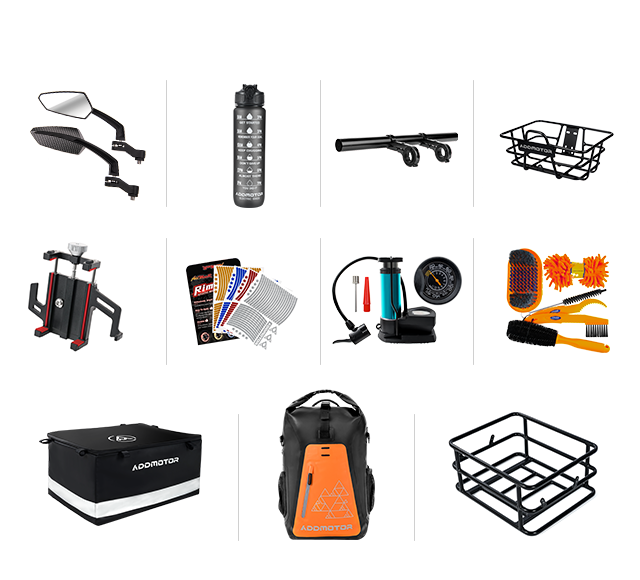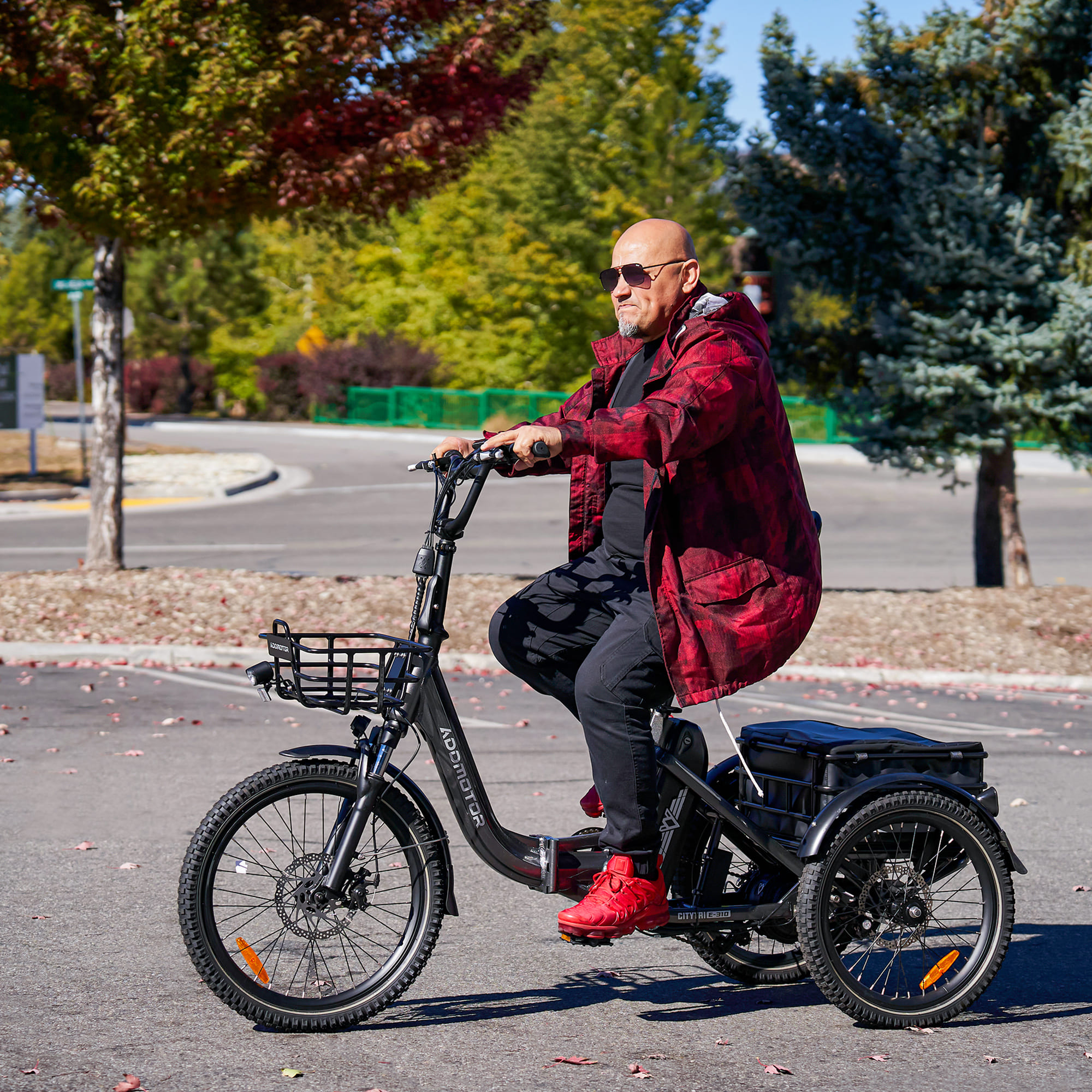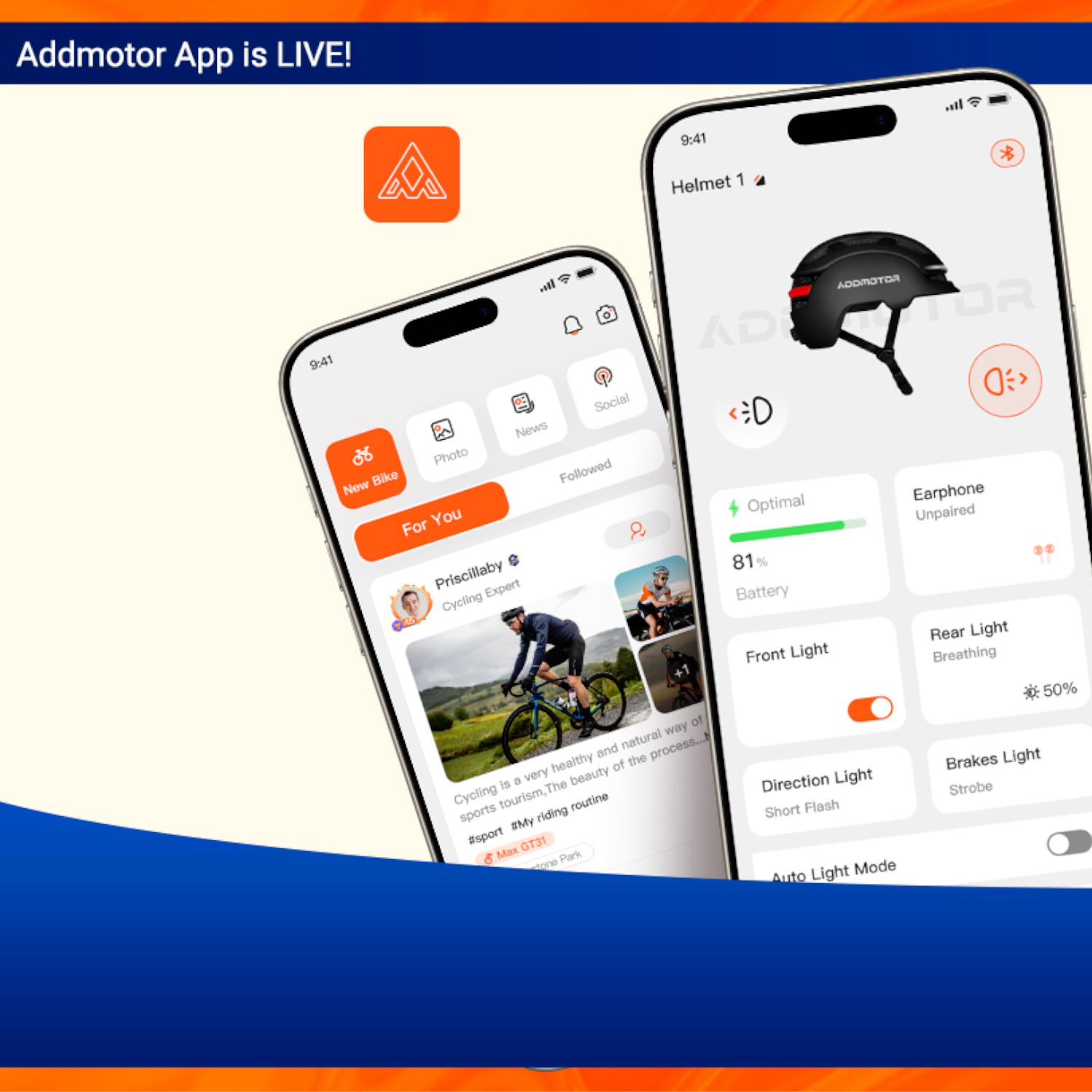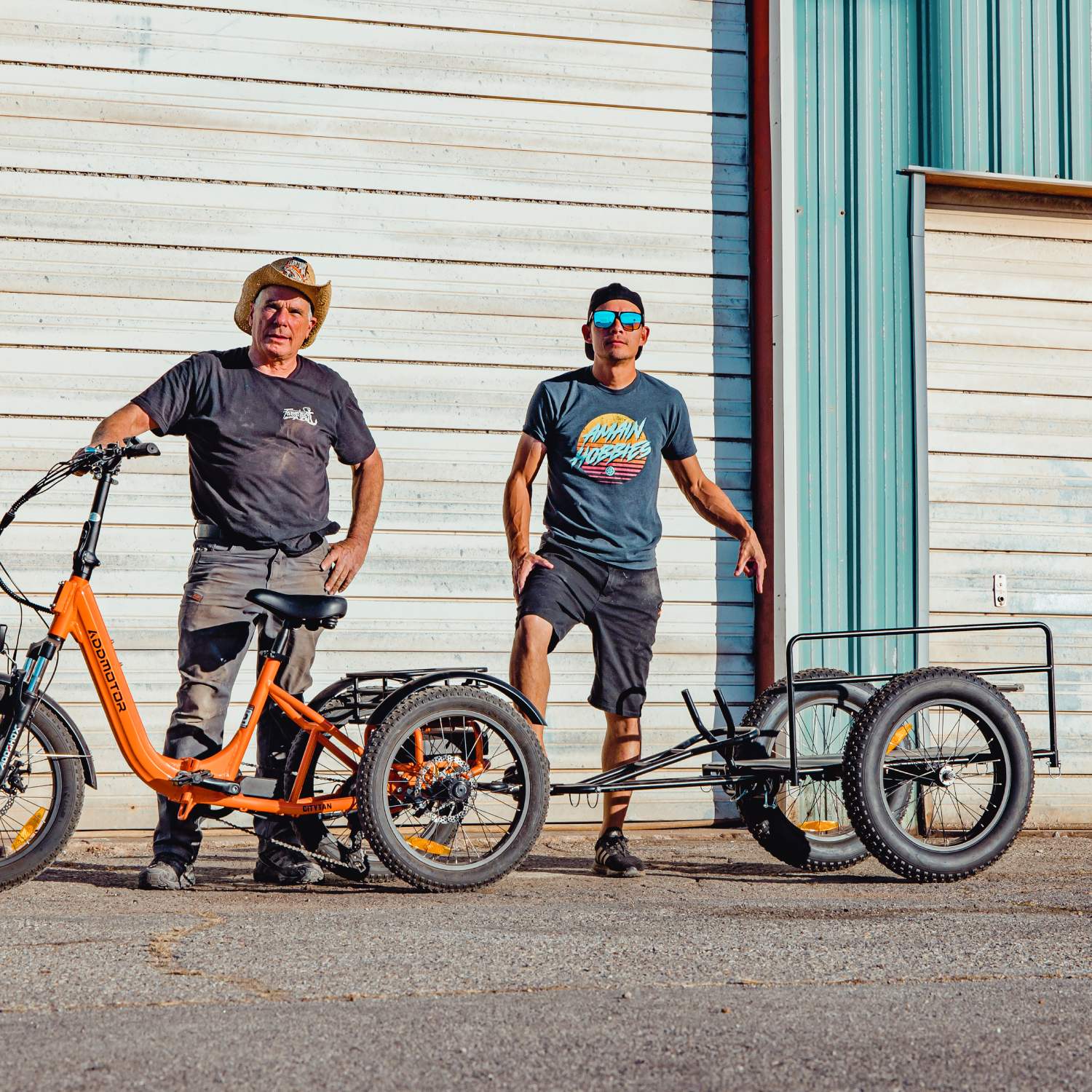Electric Bike Trailer Comparison — Central Tow vs. Offset Tow
Abstract
For electric bike riders, choosing the right trailer towing system is critical for safety and performance. This analysis compares Central Tow and Offset Tow configurations by examining their force and moment models, and their effects on stability, handling, stress, and safety. Central Tow, with its symmetrical force distribution, generally offers more balanced performance and is often preferred. Offset Tow, by contrast, introduces asymmetries that can increase instability in some applications. This article provides a theoretical framework and practical guidance to support informed trailer design, selection, and safe operation.
Table of Contents
1. Introduction
The growing popularity of electric bikes for commuting, recreation, and cargo transport has increased the demand for compatible trailers. The towing system forms a pivotal interface between the electric bike and the trailer, whose design directly dictates the efficiency, stability, and safety of the entire setup. For electric bike riders, who may experience higher speeds and different weight distributions than traditional cyclists, the choice of towing configuration becomes even more critical. Among various design parameters, the position of the tow point relative to the trailer's Center of Mass (CoM) is a deceptively fundamental yet crucial decision. The physics underlying this choice determines how the towing force interacts with the trailer, leading to vastly different dynamic responses. A correct implementation ensures smooth and predictable handling, essential for rider safety, while a flawed design can introduce serious safety hazards. This article returns to first principles of mechanics to clarify the operational theories of Central and Offset Tow for electric bike trailers, establishing clear boundaries and criteria for design and selection.
2. Visual Reference
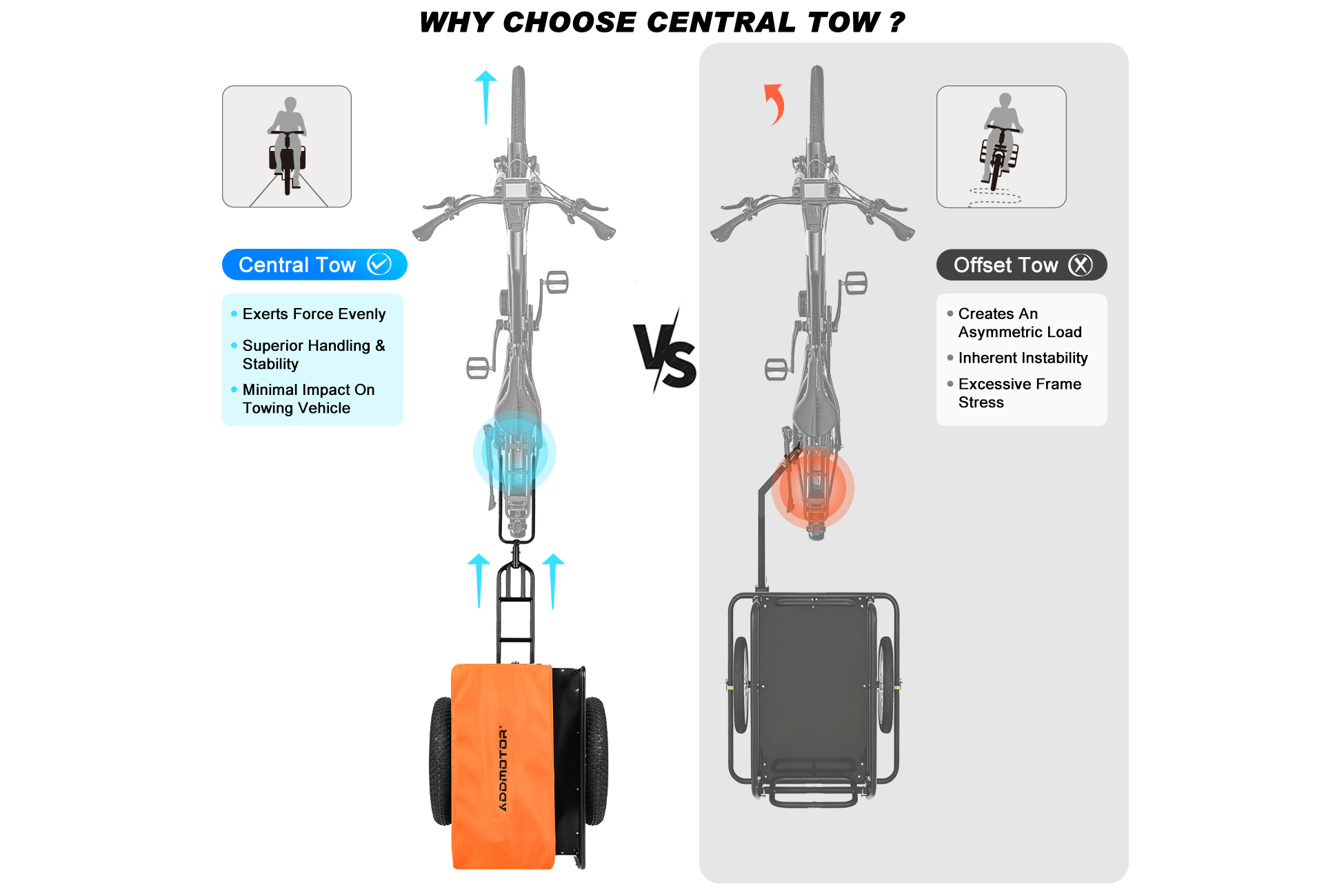
Figure 1: Comparison of Central Tow and Offset Tow configurations in electric bike trailers, highlighting differences in force distribution.
3. Central Tow: Mechanical and Characteristic Analysis
Central Tow, a configuration where the tow point is located on the longitudinal centerline of the trailer and as close as possible to its CoM, represents the optimal engineering solution for e-bike performance. Referring to Figure 1, the symmetric arrangement is visually apparent.
3.1 Force Model Establishment
The core of its mechanical model lies in symmetry. When a towing force ' F ' is applied by the e-bike, its line of action passes directly through, or very near, the CoM of the trailer. According to rigid body dynamics, the effect of a force can be decomposed into translation and rotation. The translational effect is determined by the force vector itself, while the rotational effect is determined by the moment of the force about a point. In this model, taking the CoM as the moment center, the lever arm ' d ' (the perpendicular distance from the force's line of action to the CoM) is zero. Consequently, the induced yaw moment M = F × d = 0.
3.2 Core Characteristic Analysis
This simple mechanical principle yields three core advantages for electric bike applications:
Symmetrical Load Distribution
The towing force ' F ' is distributed evenly across the left and right structures of the trailer's frame. This avoids localized stress concentrations, allowing for the most efficient use of frame material and optimizing stress distribution, which significantly enhances structural fatigue life – a critical factor for trailers subjected to road vibrations and dynamic loads.
Superior Dynamic Stability
With a net yaw moment of zero, the trailer undergoes pure translational motion during acceleration, deceleration, and constant-speed travel, exhibiting no inherent tendency to rotate. This grants the system inherent straight-line stability and strong resistance to lateral disturbances such as crosswinds or uneven road surfaces, effectively preventing the onset of trailer sway – a crucial safety feature for ebikes that may operate at higher speeds than traditional bicycles.
Minimal Impact on the EBike
Per Newton's Third Law, the force exerted by the trailer on the e-bike is also symmetrical. This ensures balanced loading and forces on the electric bike's rear axle and frame, thereby preserving its handling stability and rider comfort. The cyclist is not required to make constant steering corrections to compensate for the trailer's dynamics, reducing fatigue and increasing safety.
3.3 Summary of Advantages
In summary, Central Tow delivers precise handling, high-speed safety, extended equipment longevity, and a relaxed riding experience for e-bike users, establishing it as a reliable option in electric bike trailer system design.
4. Offset Tow: Mechanical and Characteristic Analysis
Offset Tow, where the tow point is located off the trailer's longitudinal centerline, is an inherently flawed design for e-bike applications, with all its drawbacks stemming from an asymmetric mechanical model.
4.1 Force Model Establishment
In this model, the line of action of the towing force ' F ' does not pass through the CoM, resulting in a fixed horizontal offset ' d '. This force ' F ' can be equivalently represented as a force of the same magnitude ' F ' acting through the CoM, plus a force couple—a yaw moment ' M = F × d ' about the CoM. This parasitic yaw moment is the root cause of all associated problems.
4.2 Core Characteristic Analysis
The presence of this moment triggers a chain of adverse effects particularly dangerous for e-bike applications:
Asymmetric Loading and Stress Concentration
The frame structure on the side closer to the tow point bears a disproportionately higher load, leading to severe stress concentration. Under prolonged use, this area is highly susceptible to metal fatigue, deformation, or even structural failure, a condition often termed "excessive frame stress." This is especially problematic for ebike trailers which may carry heavy cargo loads.
Inherent Dynamic Instability
The constant yaw moment ' M ' attempts to rotate the trailer around its CoM. From a standstill, this may manifest as a jackknife tendency during initial acceleration, which can be particularly destabilizing for a cyclist. At speed, any minor disturbance (a slight steering input, uneven braking, or road imperfection) can disrupt the fragile equilibrium. This disturbance is amplified by the inherent rotational tendency, potentially escalating into severe, uncontrollable lateral oscillations—a dangerous phenomenon known as (trailer sway) or (fish-tailing) that poses a serious risk to electric bike riders.
Negative Impact on the EBike Handling
The unstable motion of the trailer acts as a continuous source of disturbance transmitted through the hitch to the electric bike. The rider must constantly combat the feedback through the handlebars, making high-frequency corrections. This not only significantly increases rider workload and fatigue but, in extreme cases, can lead to a loss of control – an extremely dangerous situation for an electric bike rider who may be traveling at significant speeds.
4.3 Summary of Disadvantages
Offset Tow exhibits significant deficiencies in handling, safety, durability, and riding experience for electric bike applications, necessitating extreme caution and strict limitations in its use. It should generally be avoided for electric bike trailers.
5. Comprehensive Comparison and Selection Guide
To intuitively display their differences for e-bike applications, the key characteristics are compared below:
| Characteristic | Central Tow | Offset Tow |
|---|---|---|
| Mechanical Principle | Force through CoM; Zero Yaw Moment | Force offset from CoM; Generates Yaw Moment |
| Stability | High (Inherently Stable) | Low (Inherently Unstable) |
| Handling | Superior (Predictable, Precise) | Poor (Requires Constant Correction, Prone to Sway) |
| Frame Stress | Low & Uniform (Long Service Life) | High & Concentrated (Risk of Damage) |
| Safety for E-Bikes | High (Recommended) | Low (Potentially Dangerous) |
| Impact on E-Bike Handling | Minimal | Significant (Degrades Handling/Stability) |
| Recommended for E-Bikes | Yes (Ideal Solution) | No (Not Recommended) |
Selection Guide and Risk Mitigation
Based on the above analysis, the selection principle for electric bike trailers is unequivocal:
- Always Prefer Central Tow: For all electric bike trailer applications, whether for cargo, children, or recreational gear, Central Tow must be the mandatory design choice. It is the only engineering solution that provides the stability and safety required for electric biking.
- Avoid Offset Tow for EBikes: Offset Tow should generally be avoided for e-bike applications. If encountered in existing equipment, users must be explicitly informed of its inherent risks and should consider upgrading to a Central Tow system.
- Risk Mitigation for Unavoidable Offset Tow:
- Strict Speed Limiting: Operate at absolutely low speeds, well below typical e-bike cruising speeds.
- Optimize Load Distribution: Carefully arrange cargo to minimize the offset distance ' d ' between the CoM and the tow point.
- Reduce Load Capacity: Carry significantly less weight than the trailer's maximum rated capacity.
- Extra Caution: Exercise extreme caution during acceleration, deceleration, and turning maneuvers.
6. Case Example: Application in Addmotor Electric Bike Trailer
To illustrate the practical implementation of the engineering principles discussed in this analysis, we examine the towing system employed in the Addmotor electric bike trailer . This product serves as a relevant case study of Central Tow configuration in commercial application.


Technical Implementation
The Addmotor trailer features a symmetrically mounted hitch mechanism that aligns the tow point with the longitudinal centerline of the trailer. This design approach directly addresses the fundamental mechanical requirements for stable towing dynamics outlined in our analysis.
Alignment with Engineering Principles
Based on the product specifications and visible design characteristics, the Central Tow implementation in this trailer appears to incorporate several key elements that correspond to the theoretical advantages discussed in Section 3:
- Force Distribution: The centered hitch configuration facilitates even load transfer to the trailer frame, minimizing asymmetric stress concentrations
- Stability Enhancement: The alignment between tow point and center of mass reduces the yaw moment that would otherwise contribute to dynamic instability
- Electric Bike Compatibility: The design acknowledges the particular requirements of electric bike applications, where higher speeds and motor-assisted operation demand superior towing stability
Practical Implications
From an engineering perspective, this implementation demonstrates how Central Tow principles translate to tangible product benefits. The design choices reflect an understanding of the mechanical tradeoffs between different towing configurations and their impact on real-world performance characteristics.
This case example serves to validate the theoretical framework presented in this analysis, showing how proper implementation of Central Tow mechanics can address the fundamental challenges of trailer design for electric bicycle applications. It stands as evidence that the engineering principles discussed are not merely theoretical constructs but have practical relevance in commercial product development.
7. Conclusion
The disparity between Central Tow and Offset Tow in ebike trailers is dictated by fundamental Newtonian mechanics. Central Tow symmetrical force distribution ensures balanced transfer, optimizing stability, safety, and durability, as validated by the Addmotor case study. Offset Tow, with its inherent yaw moment, compromises handling, increases stress, and elevates safety risks. Both theoretical and practical evidence lead to a clear conclusion: electric bike trailer design must prioritize the Central Tow configuration to guarantee rider safety and long-term performance.

